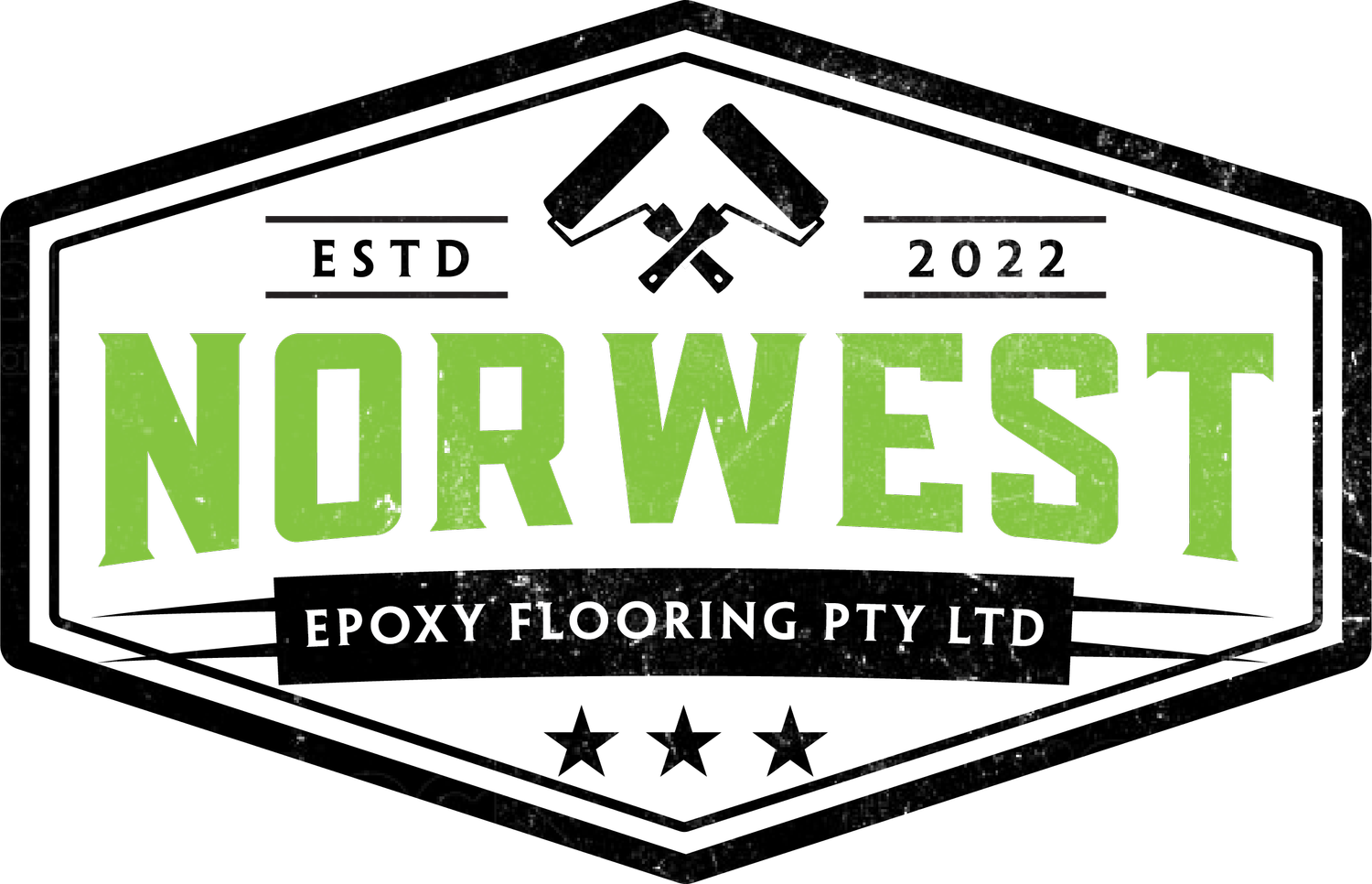The surface of the floor is prepared by diamond grinding, which ensures that the epoxy application adheres well and the bond is long-lasting. But there are numerous steps involved overall. Depending on the quality of your existing floor we may need all or just some of these processes.
- Clean the Surface: Remove any dirt, dust, grease, oil, or other contaminants from the surface. This can be done by sweeping, vacuuming, and using a degreaser or detergent to wash the surface thoroughly. Rinse the area well to ensure all residues are removed.
- Repair any Damage: Fill in any cracks, holes, or pits in the surface. Use an appropriate filler or patching compound, and follow the manufacturer’s instructions for application and drying times.
- Etch or Abrade the Surface: Most epoxy manufacturers recommend etching or abrading the surface to promote adhesion. This can be done using mechanical methods such as sanding, grinding, or shot blasting, or chemical methods using an acid etching solution. Make sure to follow safety precautions and manufacturer guidelines.
- Remove Loose Particles: After etching or abrading, thoroughly clean the surface again to remove any loose particles or dust generated during the process. A vacuum or compressed air can be helpful for this step.
- Check Moisture Levels: Test the moisture content of the substrate to ensure it is within acceptable levels for epoxy application. Excessive moisture can lead to adhesion issues and coating failure.
- Apply a Primer: Depending on the substrate and epoxy system being used, applying a primer may be necessary to promote adhesion and enhance performance. Follow the manufacturer’s recommendations for primer selection and application.

Leave A Comment